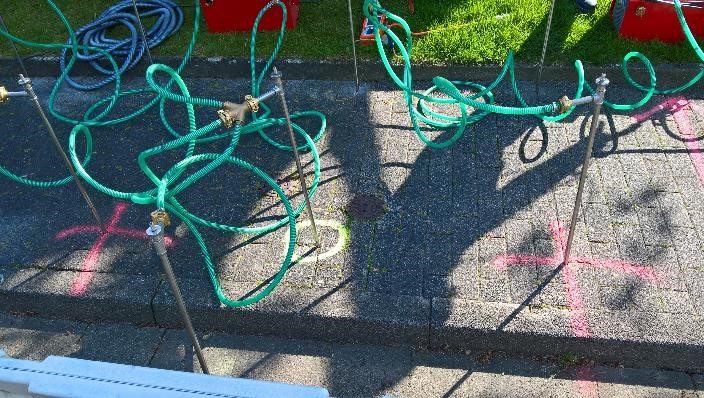The day of December 1 is dedicated to the subject of methane emissions. It is the second most important greenhouse gas because of its global warming power (28 times that ofCO2). Once in the atmosphere, methane disperses rapidly, which makes it particularly difficult to locate and estimate the rate of unintentional (so-called "fugitive") leaks.
Cristina LOPEZ presented the GERG project "State of the art of methane quantification methodologies" led by RICE.
This is a collaborative project with 18 members set up to improve the understanding of so-called "top-down" technologies for quantifying CH4 emissions. These technologies are based on a methane detector embedded in a platform (drone, satellite, car, etc.), additional measurements (GPS, wind data, etc.) and quantification algorithms.
The project consists of 4 work packages (WP) and establishes a state of the art of existing technologies. It addresses a need for additional information on quantification uncertainties.
Satellites are a promising top-down approach for detecting "super-emitters" (~t/h). Monitoring can be done monthly or daily. The project analysed the existing solutions through a state of the art. Significant progress is still expected on these technologies in the future.

This state of the art has allowed us to evaluate the existing mobile top-down technologies on the market and in development at the laboratory scale. Infrared spectroscopy sensors (active: TDLAS, LiDAR and passive: SOF, hyperspectral sensors) are mainly used and installed on different platforms:
Quantification algorithms are still under development.

Various quantification campaigns on distribution networks have taken place around the world in recent years to find best practices.
This state of the art has gathered the existing campaigns in this sector: they can be carried out either with a vehicle coupled to an algorithm, or by direct flow measurements (also called "aspiration methods").

Based on the results of this state of the art, actions to be taken were identified, which led to the launch of stage 2 of the project, led by Enagas. A controlled environment test campaign took place in October 2021 at an Enagas site to test the "top-down" solutions proposed by 11 international suppliers and analyse the associated uncertainties.